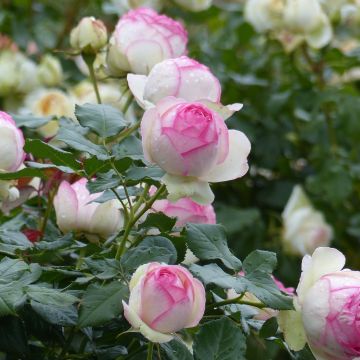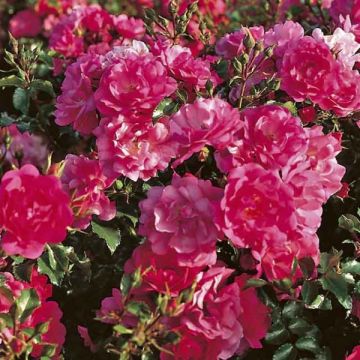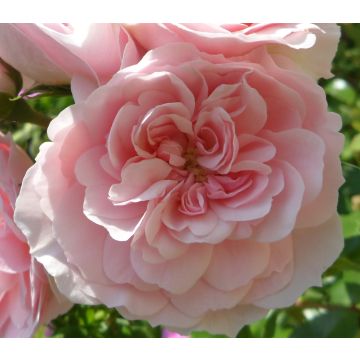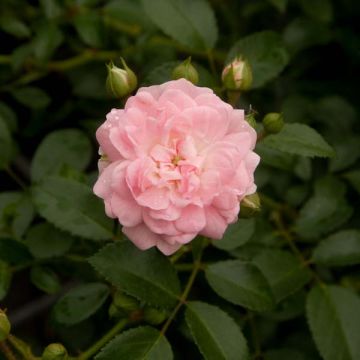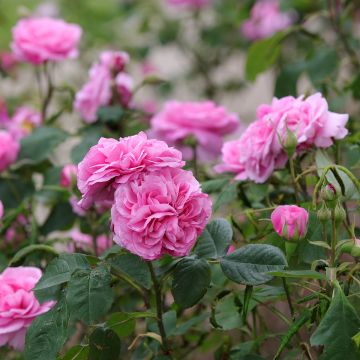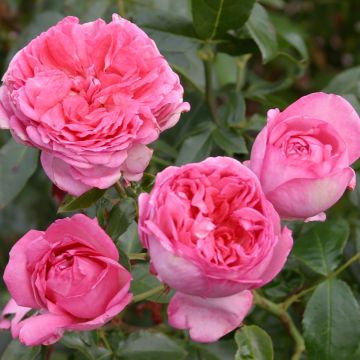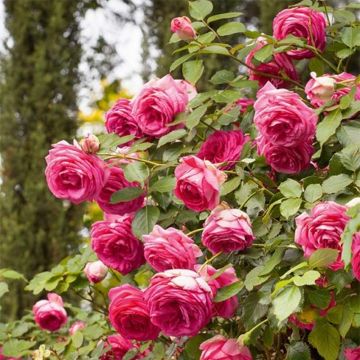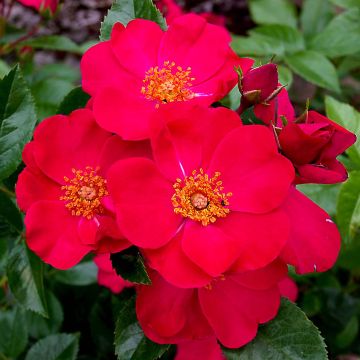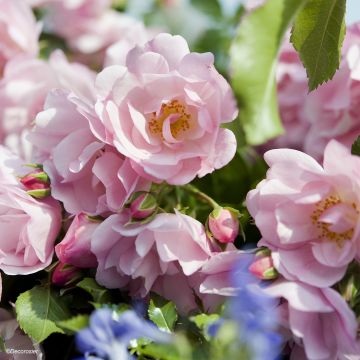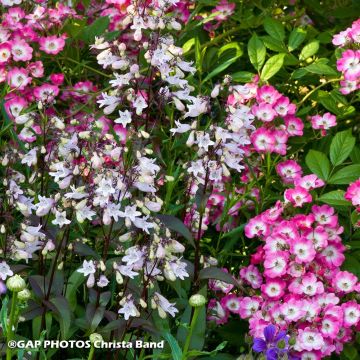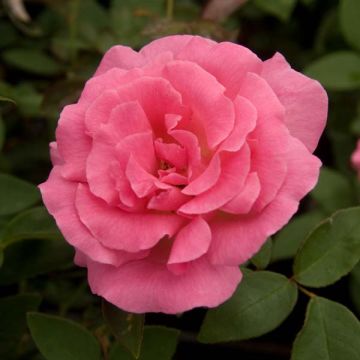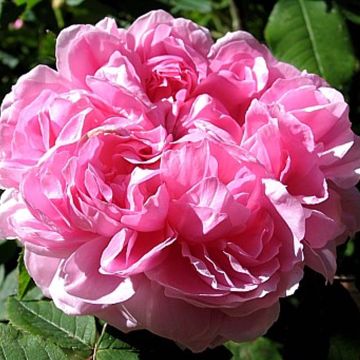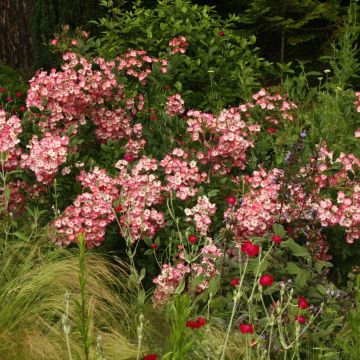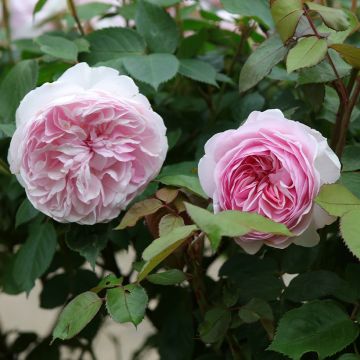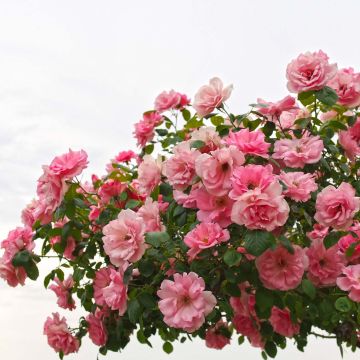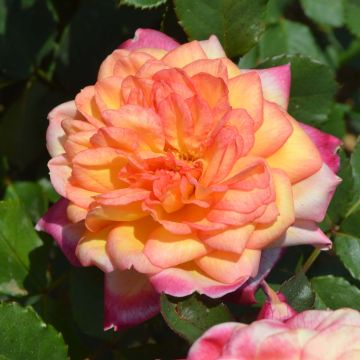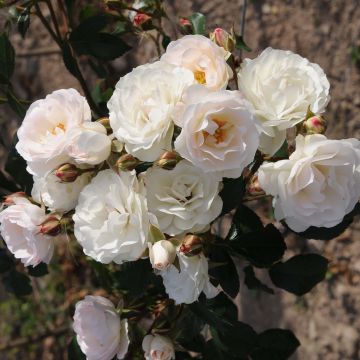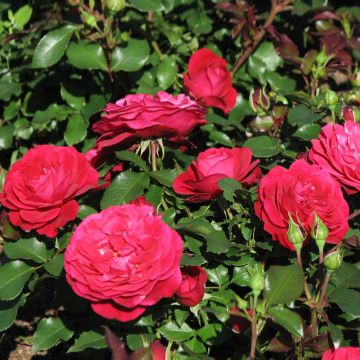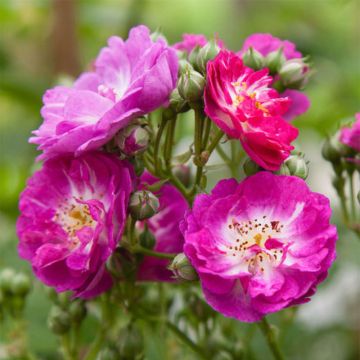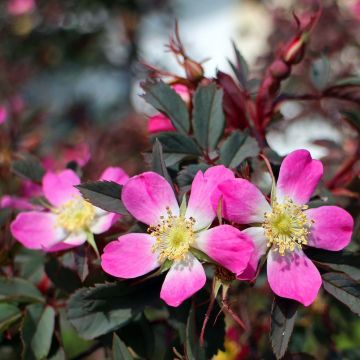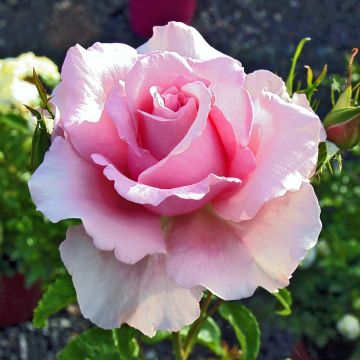Shipping country and language
Your country of residence may be:
Your country of residence is:
For a better user experience on our website, you can select:
Your shipping country:
Andorra
Austria
Belgium
Bulgaria
Canada
Chile
Croatia
Cyprus
Czechia
Denmark
Estonia
Finland
France
Germany
Greece
Hungary
Iceland
Ireland
Italy
Latvia
Lithuania
Luxembourg
Malta
Monaco
Netherlands
Poland
Portugal
Romania
Slovakia
Slovenia
Spain
Sweden
Switzerland
United Kingdom
We only deliver seed and bulb products to your country. If you add other products to your basket, they cannot be shipped.
Language:
French
German
Spanish
English
My Account
Hello
My wish lists
Plantfit
Log in / Register
Existing customer?
New customer?
Create an account to track your orders, access our customer service and, if you wish, make the most of our upcoming offers.
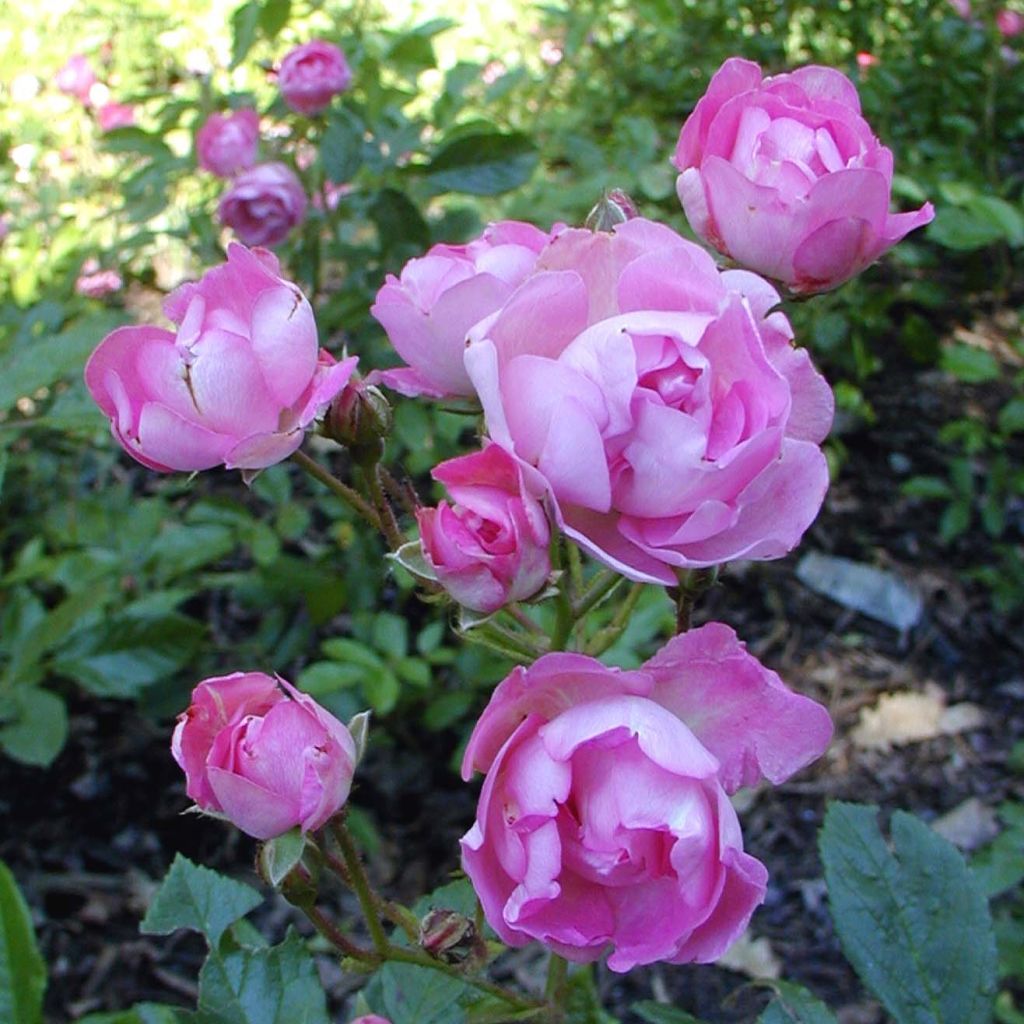

Rosa polyantha Maman Turbat
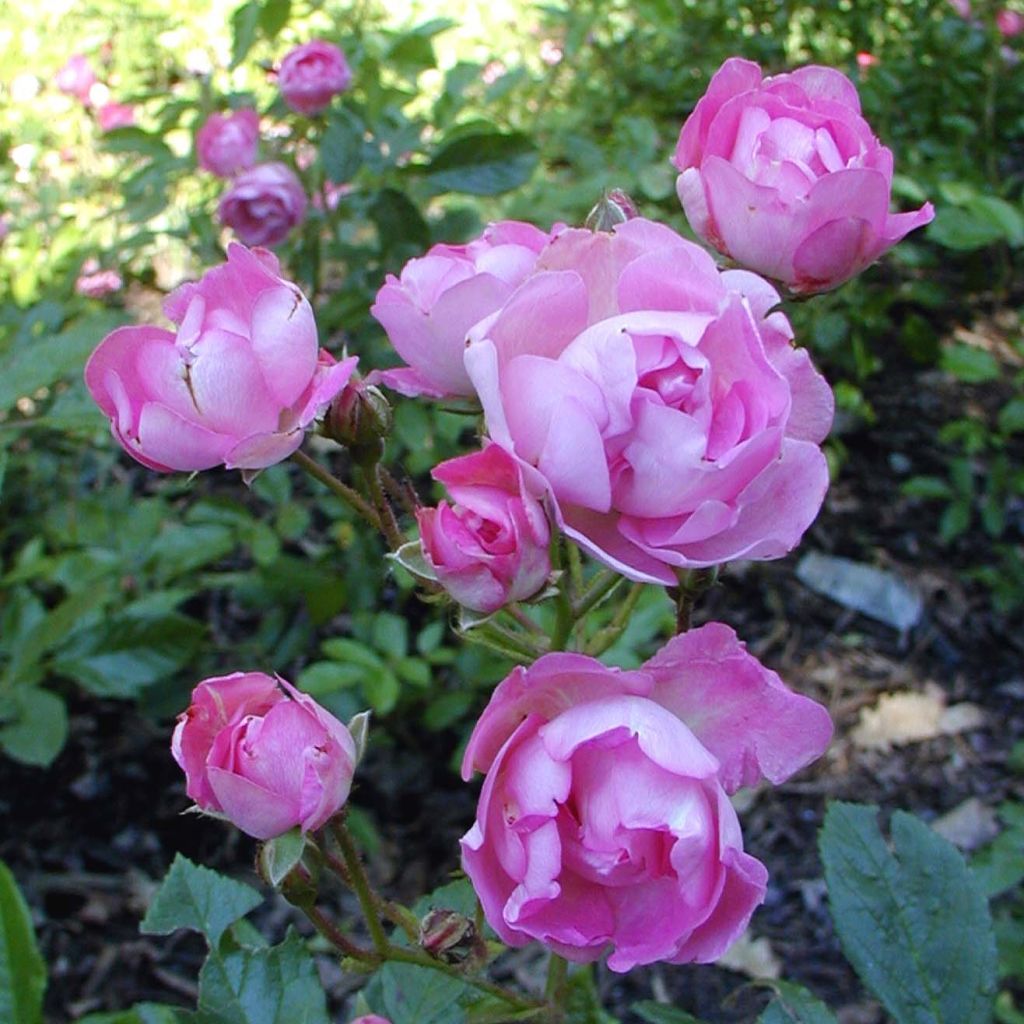

Rosa polyantha Maman Turbat
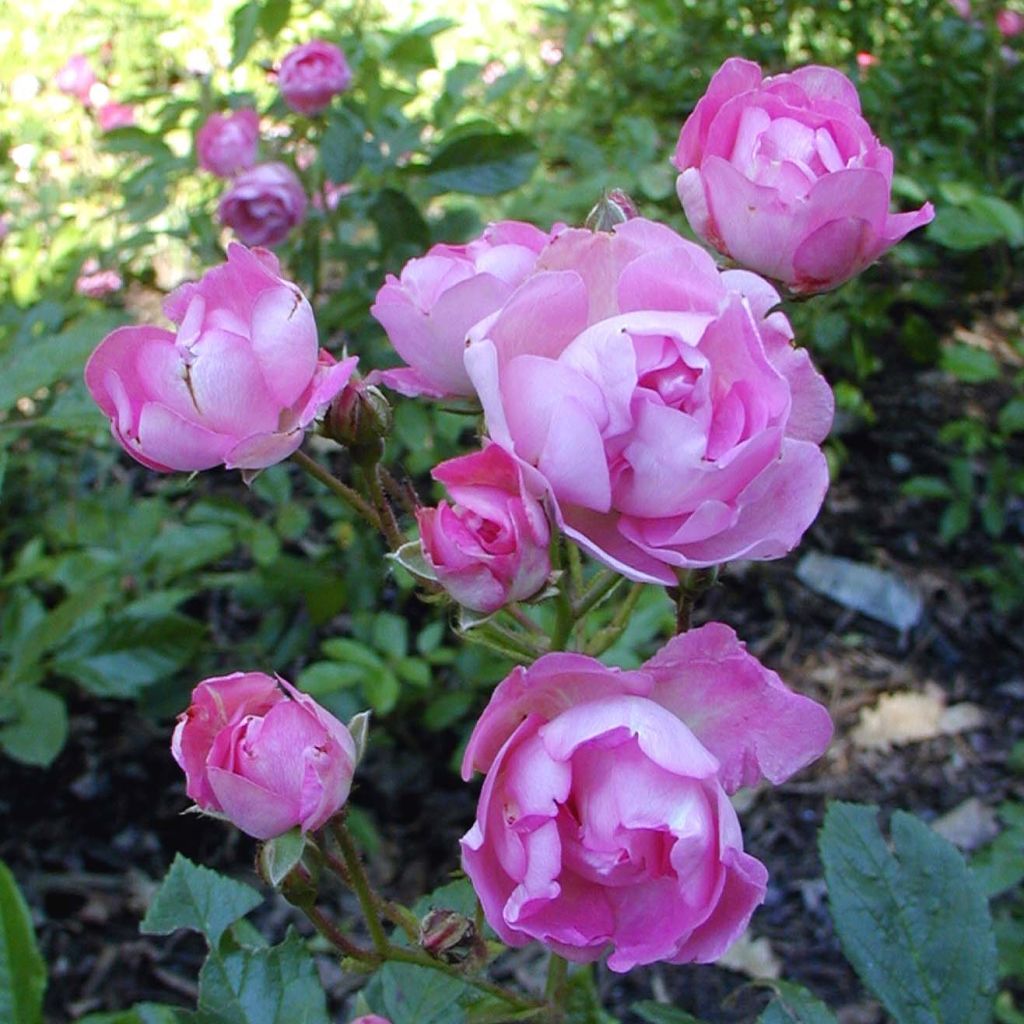

Rosa polyantha Maman Turbat
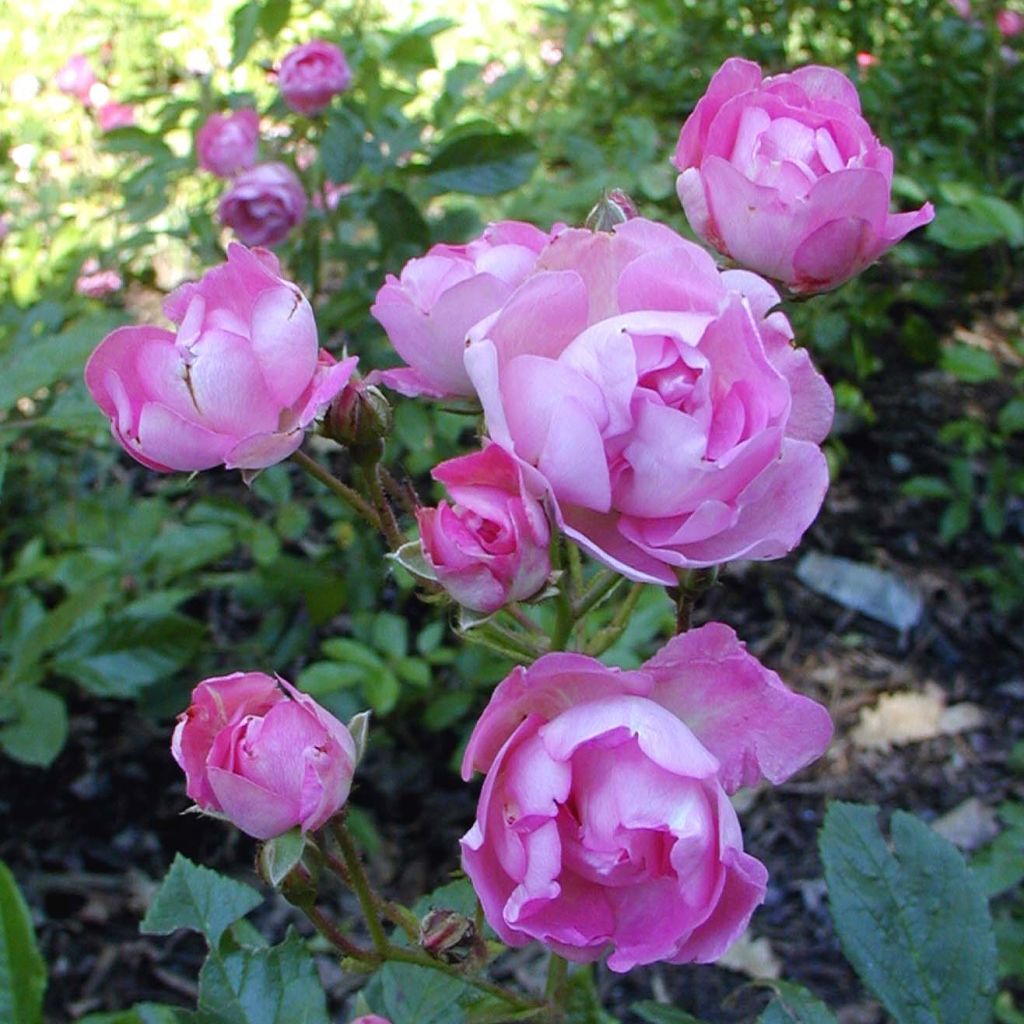

Rosa polyantha Maman Turbat
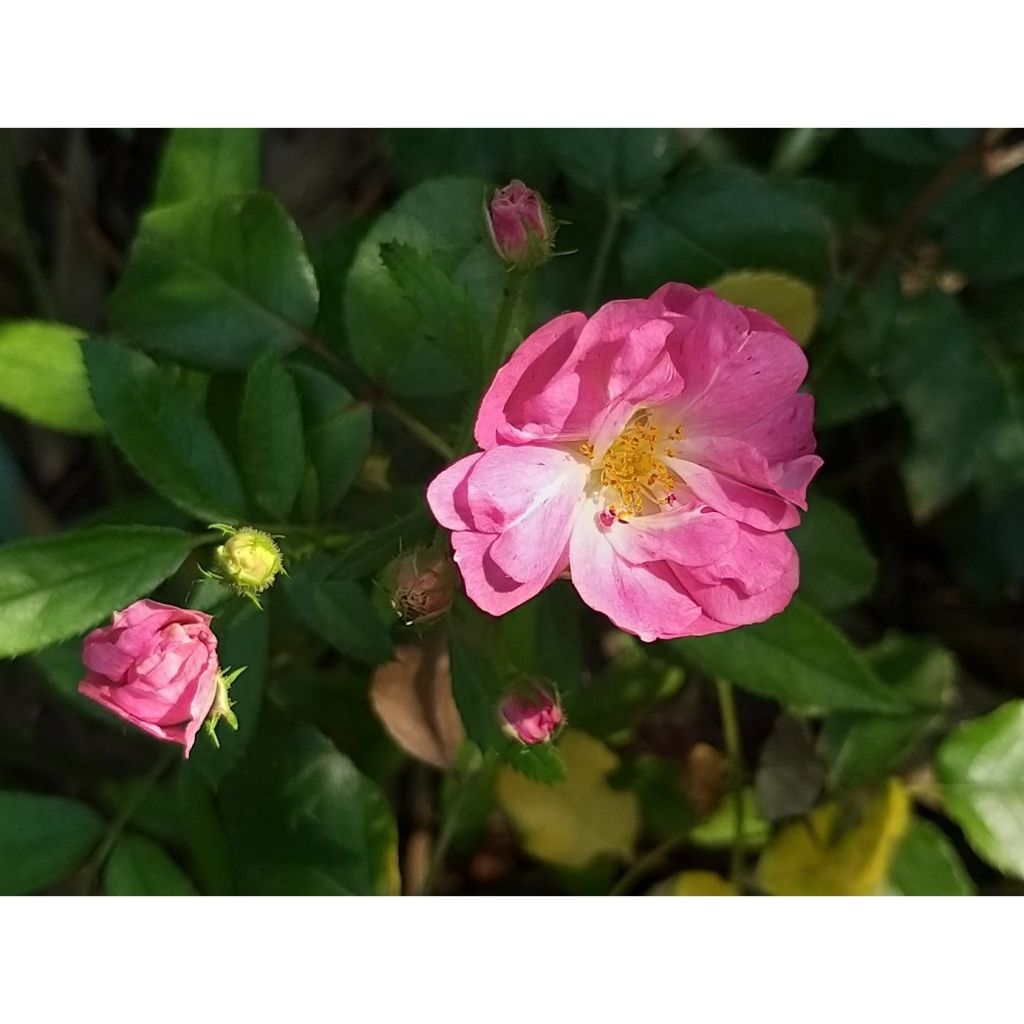

Rosa polyantha Maman Turbat
View more pictures
Hide images
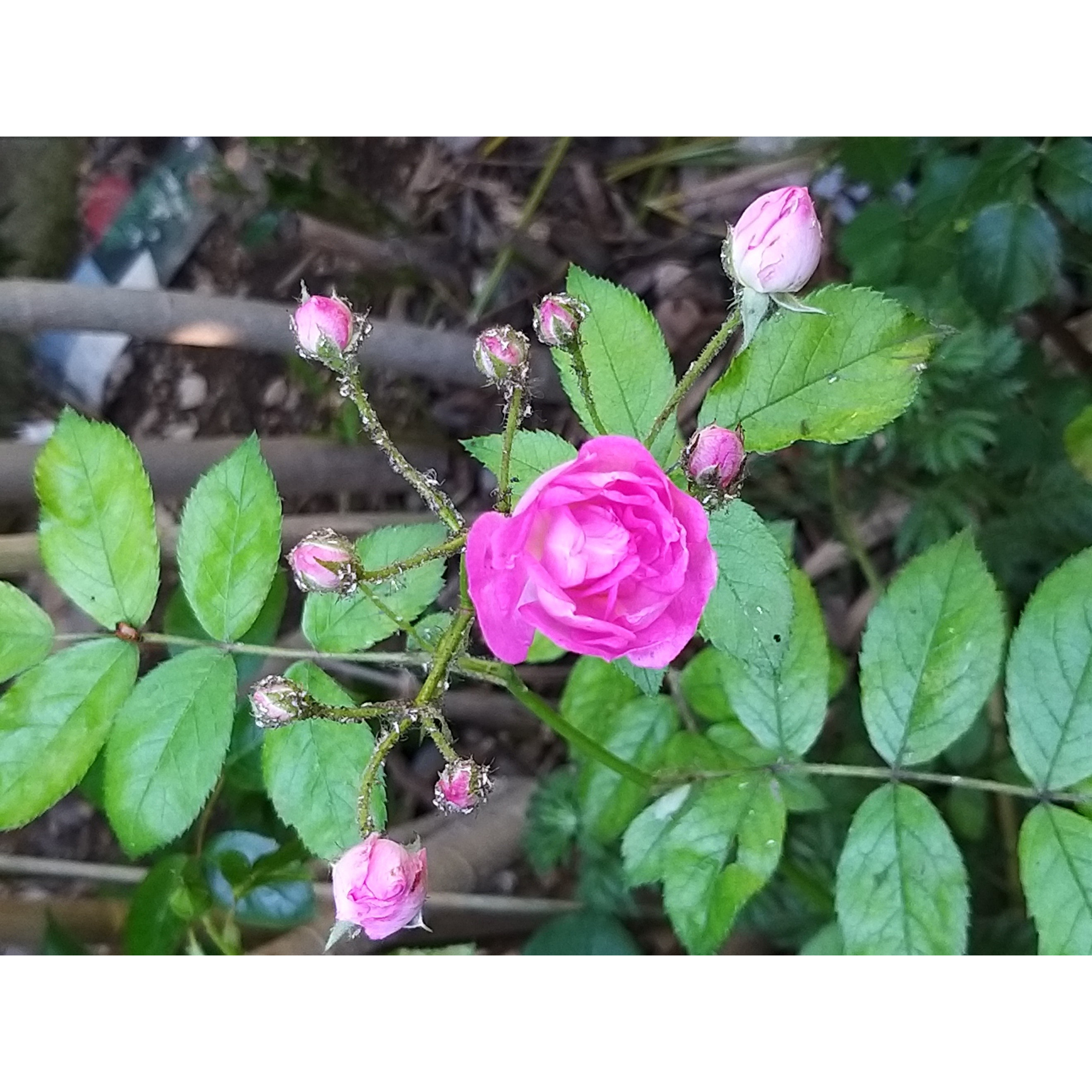
Thierry P.

Floraison de mai - image 7
Thierry P. • 84 FR
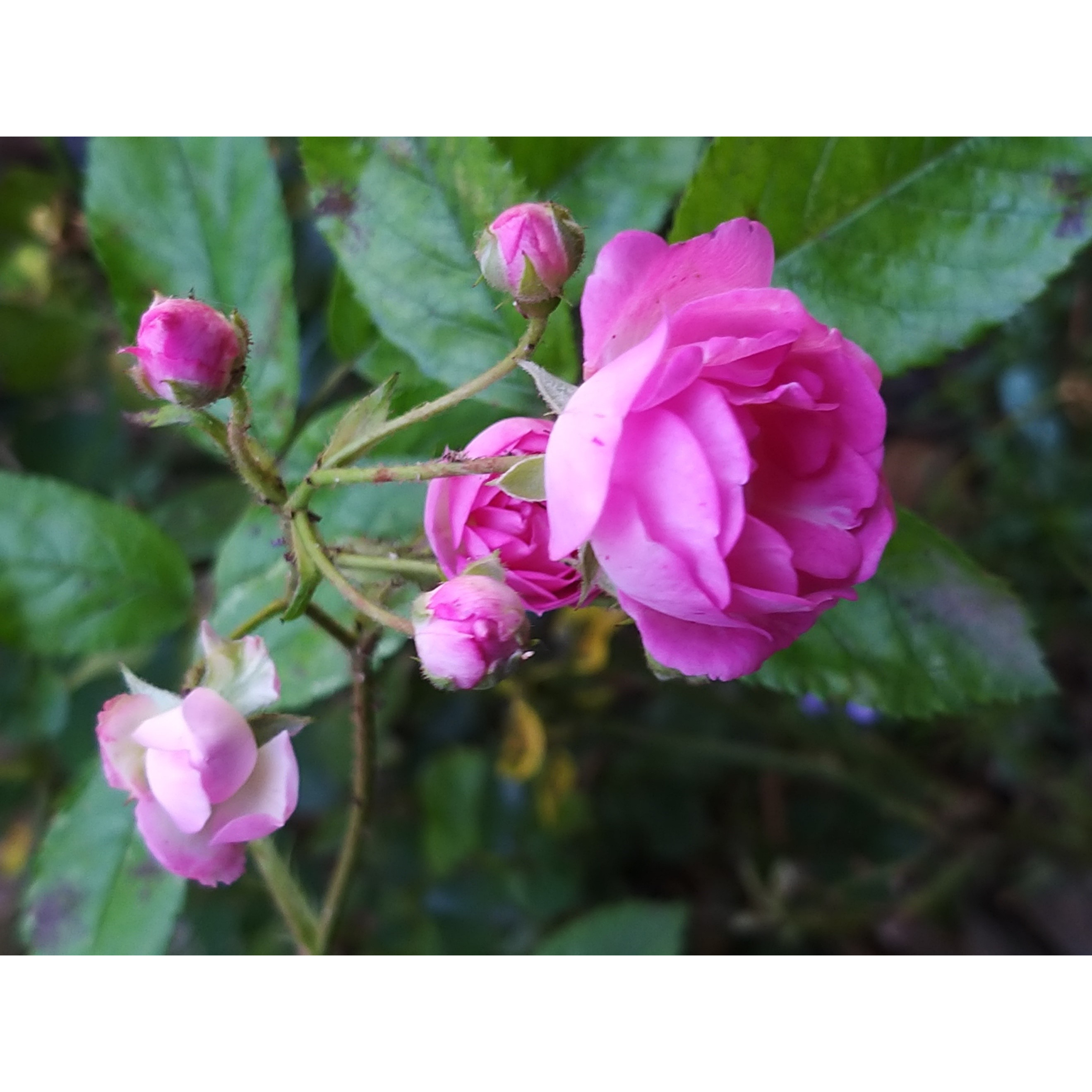
Thierry P.

Floraison de mai - image 8
Thierry P. • 84 FR
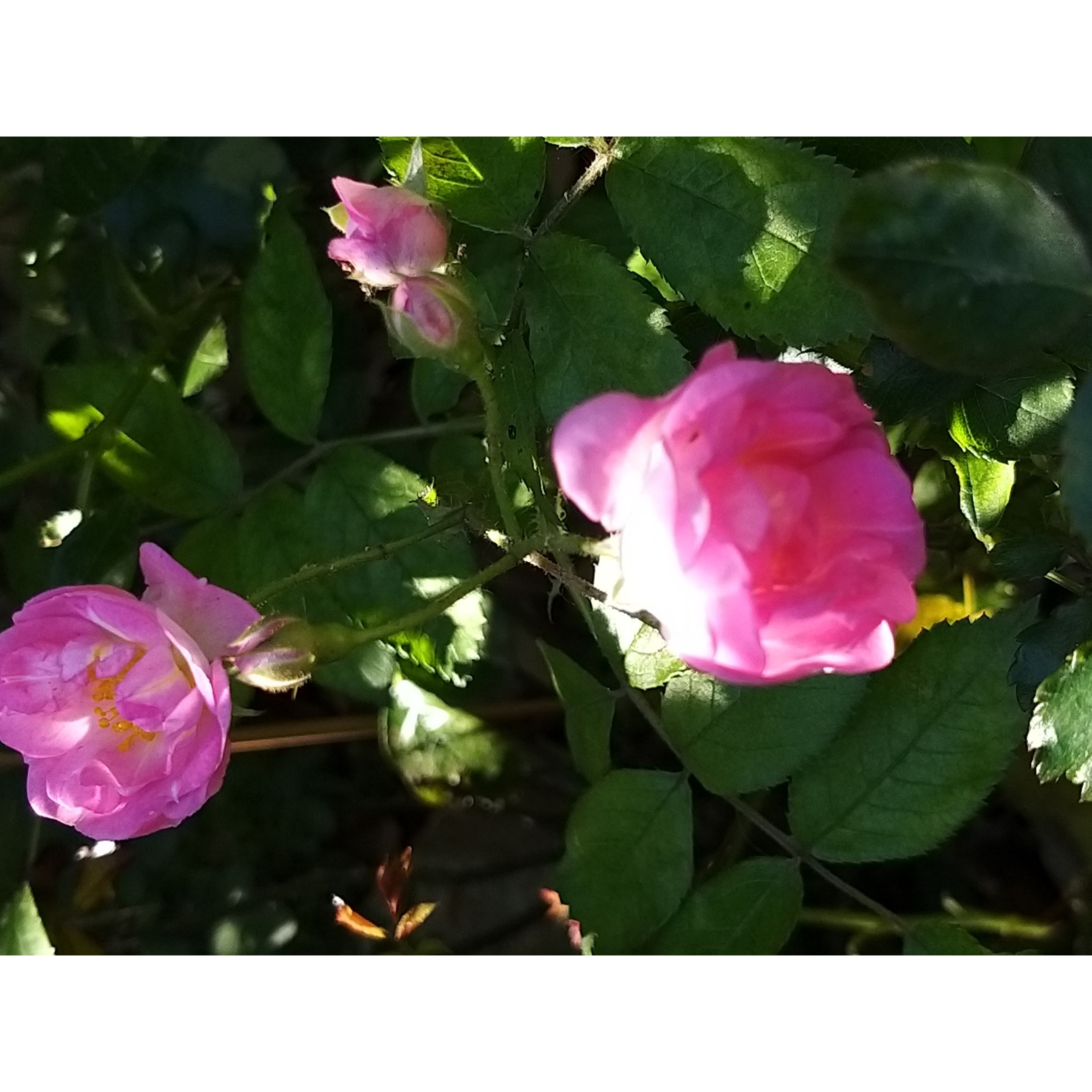
Thierry P.

Floraison de mai - image 9
Thierry P. • 84 FR
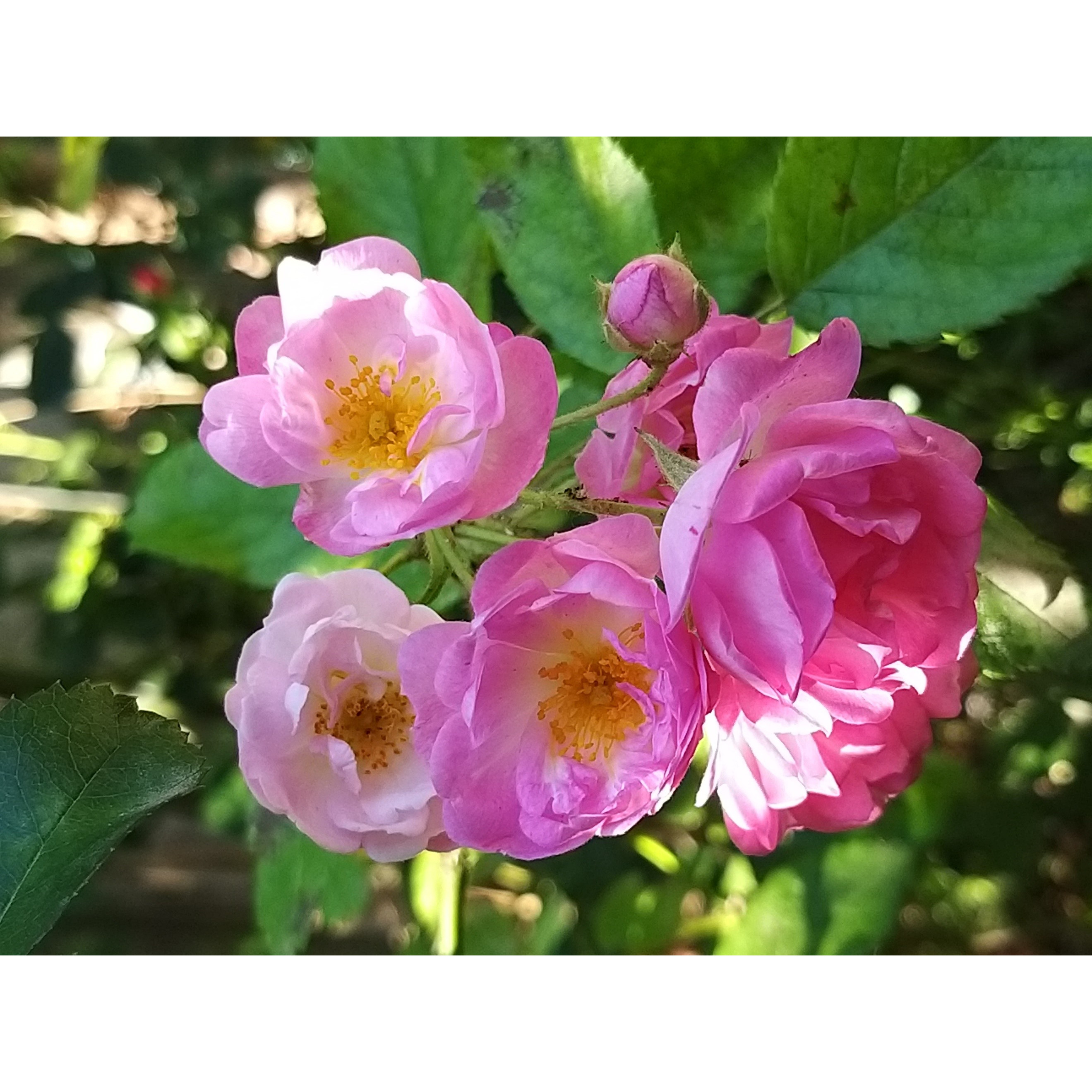
Thierry P.

Floraison de mai - image 10
Thierry P. • 84 FR
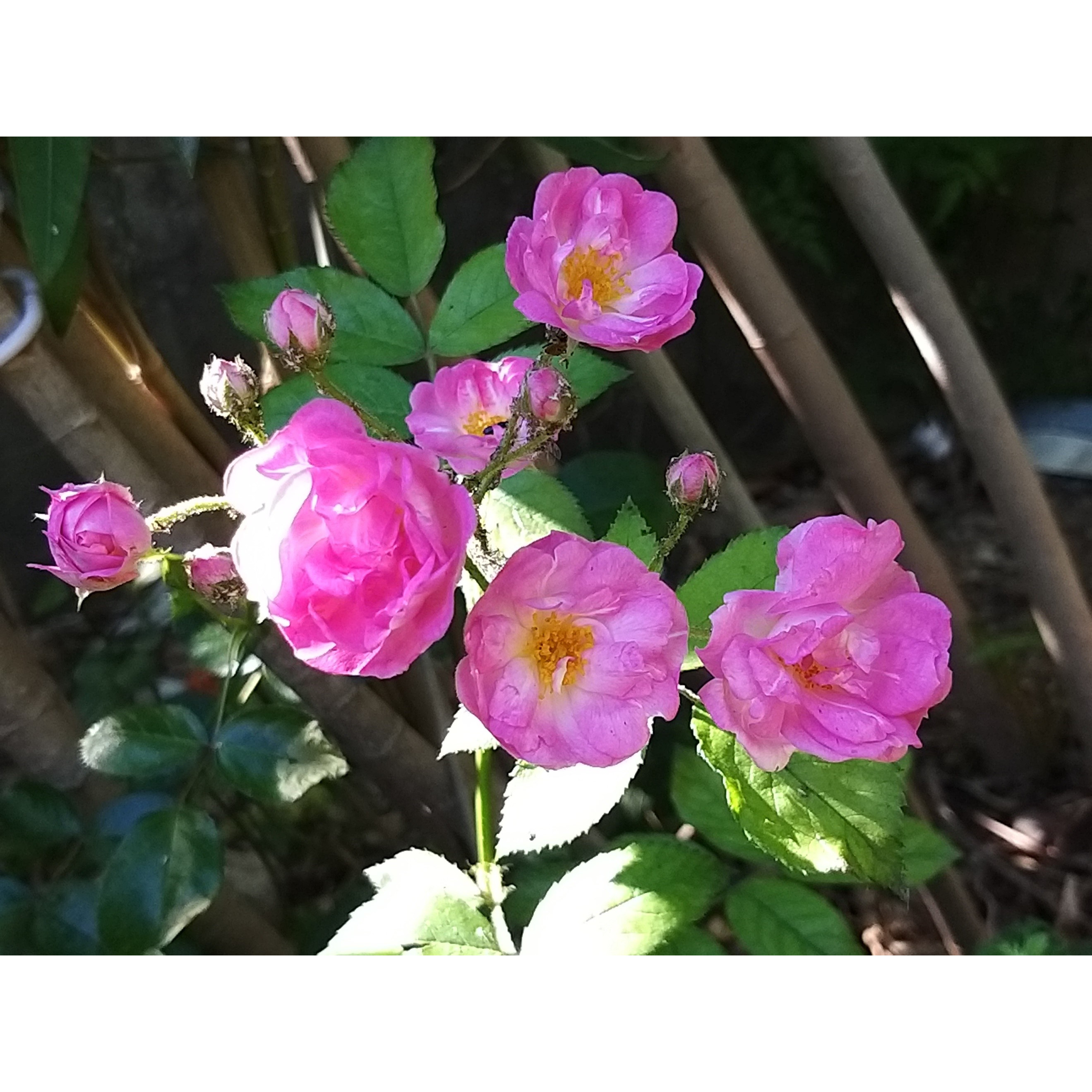
Thierry P.

Floraison de mai - image 11
Thierry P. • 84 FR
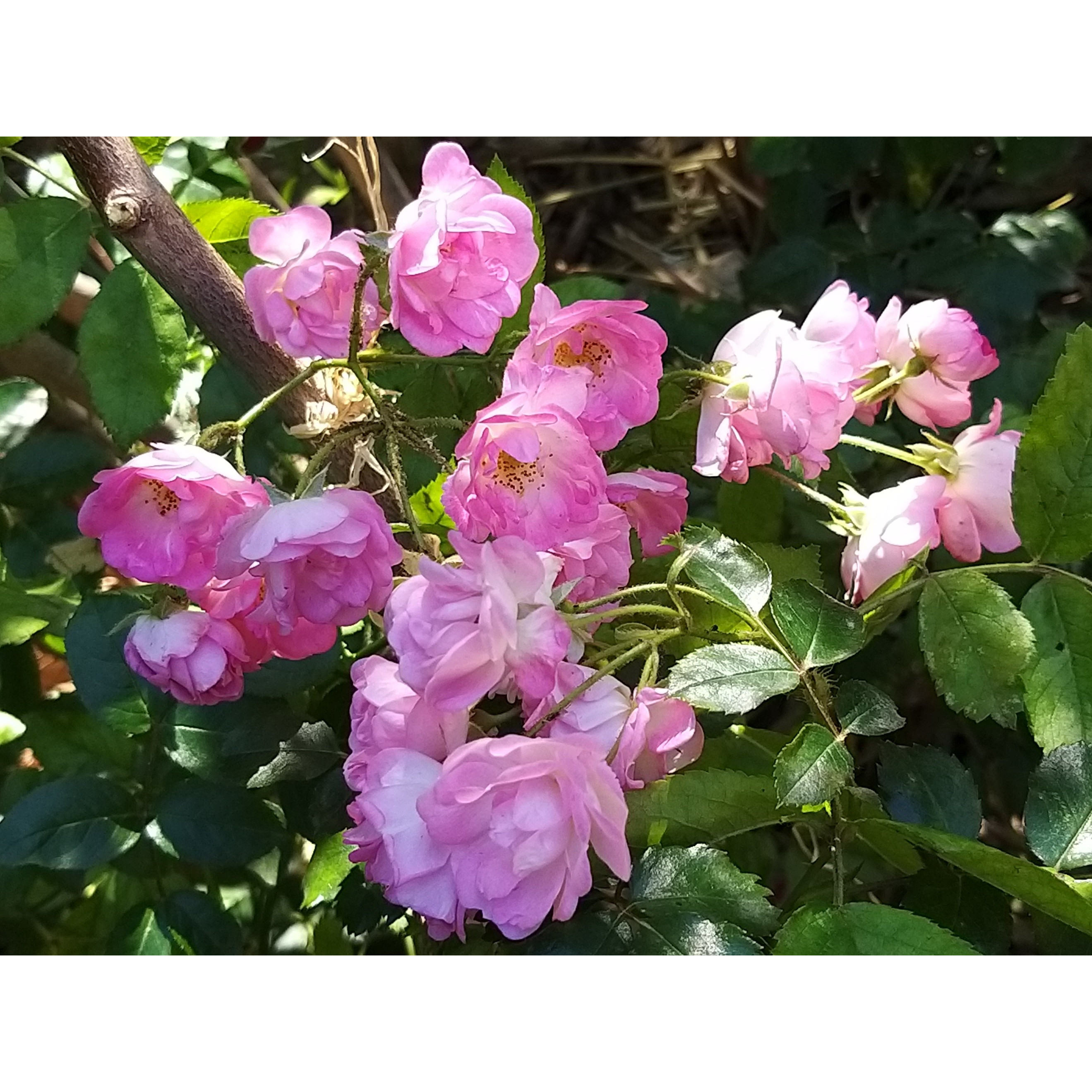
Thierry P.

Floraison de mai - image 12
Thierry P. • 84 FR
Rosa polyantha Maman Turbat
Rosa x polyantha Maman Turbat
Polyantha Rose
Thank you to the individuals who prepared this order (grafting and shipping). The bare-root rose plant received appears to be healthy. Planted near varieties such as Rosa nitida, Mirato, Berleburg, and many others. Now awaiting the spring regrowth. Testimony from an enthusiast who has successfully planted over 420 different rose varieties in their garden.
Thierry P., 05/02/2019
Why not try an alternative variety in stock?
View all →Order in the next for dispatch today!
Dispatch by letter from €3.90.
Delivery charge from €5.90 Oversize package delivery charge from €6.90.
More information
This item is not available in your country.
Schedule delivery date,
and select date in basket
This plant carries a 24 months recovery warranty
More information
We guarantee the quality of our plants for a full growing cycle, and will replace at our expense any plant that fails to recover under normal climatic and planting conditions.
From €5.90 for pickup delivery and €6.90 for home delivery
Express home delivery from €8.90.
From €5.90 for pickup delivery and €6.90 for home delivery
Express home delivery from €8.90.
Does this plant fit my garden?
Set up your Plantfit profile →
Description
The rose bush 'Maman Turbat' was one of the first 'multiflora' hybrids, truly very perpetual, created at the beginning of the 20th century. This rose bush, with its good health, surprises with the vigour and the duration of its uninterrupted flowering from June until autumn. On its low vegetation, a profusion of small semi-double rosettes, of a very fresh lilac pink that lightens at ripeness, open. With its compact habit and its generous bouquets, this small bush forms a very romantic flowered dome, highlighting the borders and the flower beds with a foamy festoon for at least 6 months. It will also look glorious in a large pot on the terrace or balcony.
The flowers of Rosa (x) polyantha 'Maman Turbat', gathered in clusters, come from the polyantha rose, an old hybrid resulting from Rosa multiflora and Rosa chinensis. This pretty variety shows a bushy, dense and nicely rounded habit, as wide as it is tall. It will reach about 50 cm (19.7 in) in all directions in a few years. The semi-double flowers measuring 3 cm, in the shape of globular cups, slightly scented, evolve from lilac pink to a very tender colour, creating a pretty scale of shades on the bush. They bloom in very large numbers in large pyramidal bouquets, from June to October-November, as long as there is no frost. The scent of the flowers is discreet. This vigorous variety is also highly disease-resistant. It develops foliage of a beautiful bright green, slightly satiny. Its stems bear very few thorns.
Obtained by Turbat, France, 1911.
The 'Maman Turbat' rose bush adapts to all soils that are not too dry and all climates, allowing it to be planted anywhere. For a dazzling display it can be planted in groups of 3, arranged in a triangle, isolated on a lawn. It will make an impression when planted en masse along pathways or to highlight shrub flower beds and will integrate perfectly with light or opulent perennial flower beds. It can be associated with perennial geraniums (Geranium Blue Cloud, Anne Folkard, Nimbus, Orion), campanulate flowers (lactiflora, rapunculoides), catmints, perennial salvias, foxgloves or other Stachys. Left to grow freely, it forms a flowered dome with blurred shapes, wildly romantic in front of a flower bed composed of abelias, kolkwitzia, mock orange, elderberries, Nandina, Choisya, shrubby artemisias, and many others. It will happily border a large pot on the terrace, the balcony, or a flower-filled basin, composed of pelargoniums, nemophilas, and morning glories.
Rosa polyantha Maman Turbat in pictures
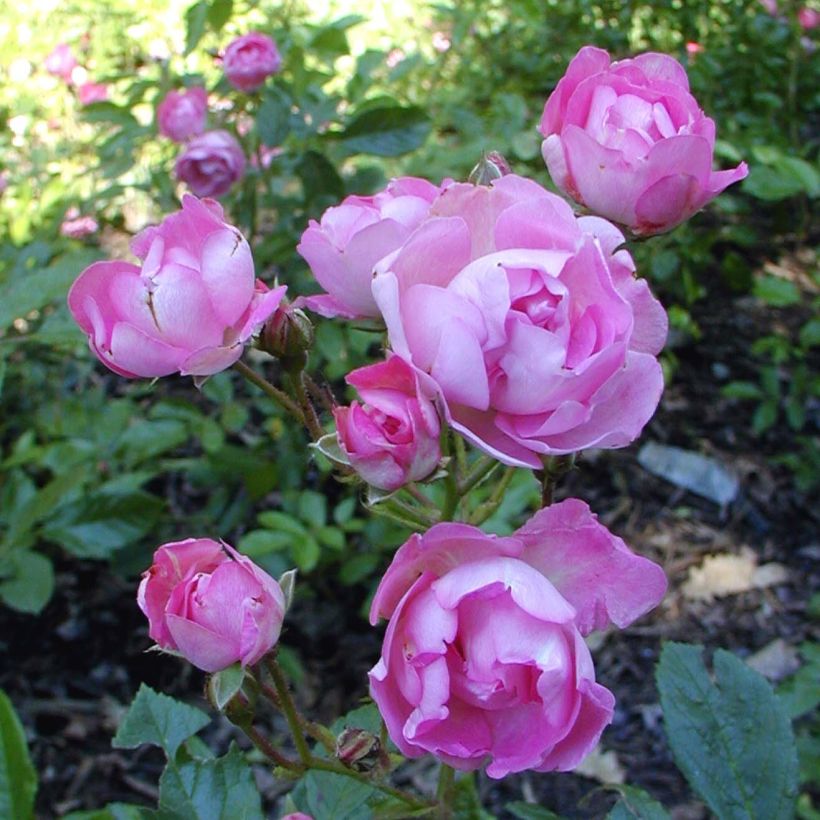

Plant habit
Flowering
Foliage
Botanical data
Rosa
x polyantha
Maman Turbat
Rosaceae
Polyantha Rose
Cultivar or hybrid
Rosa canina Laxa (Wrapped bare root)
Other Roses A to Z
Planting and care
Roses prefer a sunny location (at least 4 to 5 hours of sun per day) but protected from the burning rays of midday and strong winds. Roses appreciate loose, permeable, and humus-rich soils. They prefer slightly acidic soil but will adapt to any garden as long as the soil is well worked and sufficiently enriched. To plant your rose in a pot, work the soil to a depth of 25 cm (9.8 in), crumble the soil well, and place blood, fish and bone at the bottom of the planting hole. Position your plant, removed from its pot, covering the top of the root ball with 3 cm (1.2 in) of soil, fill in the hole, and water generously to eliminate air pockets. During dry weather, it is necessary to water regularly for a few weeks to encourage root growth. Also, remember to provide your rose with a special rose fertiliser that stimulates plant flowering. To achieve abundant flowering for your climbing roses, regularly bend and tie the branches that can grow up to 1 m (3 ft 4 in) in a week during the summer. Each bend leads to lateral shoot growth, which ends in a bouquet of flowers.
Roses are often spotted or unsightly at the end of summer, but this does not affect their development. These spots are not harmful to the rose and are a natural phenomenon.
Planting period
Intended location
Care
- , onOrder confirmed
Reply from on Promesse de fleurs
Haven't found what you were looking for?
Hardiness is the lowest winter temperature a plant can endure without suffering serious damage or even dying. However, hardiness is affected by location (a sheltered area, such as a patio), protection (winter cover) and soil type (hardiness is improved by well-drained soil).

Photo Sharing Terms & Conditions
In order to encourage gardeners to interact and share their experiences, Promesse de fleurs offers various media enabling content to be uploaded onto its Site - in particular via the ‘Photo sharing’ module.
The User agrees to refrain from:
- Posting any content that is illegal, prejudicial, insulting, racist, inciteful to hatred, revisionist, contrary to public decency, that infringes on privacy or on the privacy rights of third parties, in particular the publicity rights of persons and goods, intellectual property rights, or the right to privacy.
- Submitting content on behalf of a third party;
- Impersonate the identity of a third party and/or publish any personal information about a third party;
In general, the User undertakes to refrain from any unethical behaviour.
All Content (in particular text, comments, files, images, photos, videos, creative works, etc.), which may be subject to property or intellectual property rights, image or other private rights, shall remain the property of the User, subject to the limited rights granted by the terms of the licence granted by Promesse de fleurs as stated below. Users are at liberty to publish or not to publish such Content on the Site, notably via the ‘Photo Sharing’ facility, and accept that this Content shall be made public and freely accessible, notably on the Internet.
Users further acknowledge, undertake to have ,and guarantee that they hold all necessary rights and permissions to publish such material on the Site, in particular with regard to the legislation in force pertaining to any privacy, property, intellectual property, image, or contractual rights, or rights of any other nature. By publishing such Content on the Site, Users acknowledge accepting full liability as publishers of the Content within the meaning of the law, and grant Promesse de fleurs, free of charge, an inclusive, worldwide licence for the said Content for the entire duration of its publication, including all reproduction, representation, up/downloading, displaying, performing, transmission, and storage rights.
Users also grant permission for their name to be linked to the Content and accept that this link may not always be made available.
By engaging in posting material, Users consent to their Content becoming automatically accessible on the Internet, in particular on other sites and/or blogs and/or web pages of the Promesse de fleurs site, including in particular social pages and the Promesse de fleurs catalogue.
Users may secure the removal of entrusted content free of charge by issuing a simple request via our contact form.
The flowering period indicated on our website applies to countries and regions located in USDA zone 8 (France, the United Kingdom, Ireland, the Netherlands, etc.)
It will vary according to where you live:
- In zones 9 to 10 (Italy, Spain, Greece, etc.), flowering will occur about 2 to 4 weeks earlier.
- In zones 6 to 7 (Germany, Poland, Slovenia, and lower mountainous regions), flowering will be delayed by 2 to 3 weeks.
- In zone 5 (Central Europe, Scandinavia), blooming will be delayed by 3 to 5 weeks.
In temperate climates, pruning of spring-flowering shrubs (forsythia, spireas, etc.) should be done just after flowering.
Pruning of summer-flowering shrubs (Indian Lilac, Perovskia, etc.) can be done in winter or spring.
In cold regions as well as with frost-sensitive plants, avoid pruning too early when severe frosts may still occur.
The planting period indicated on our website applies to countries and regions located in USDA zone 8 (France, United Kingdom, Ireland, Netherlands).
It will vary according to where you live:
- In Mediterranean zones (Marseille, Madrid, Milan, etc.), autumn and winter are the best planting periods.
- In continental zones (Strasbourg, Munich, Vienna, etc.), delay planting by 2 to 3 weeks in spring and bring it forward by 2 to 4 weeks in autumn.
- In mountainous regions (the Alps, Pyrenees, Carpathians, etc.), it is best to plant in late spring (May-June) or late summer (August-September).
The harvesting period indicated on our website applies to countries and regions in USDA zone 8 (France, England, Ireland, the Netherlands).
In colder areas (Scandinavia, Poland, Austria...) fruit and vegetable harvests are likely to be delayed by 3-4 weeks.
In warmer areas (Italy, Spain, Greece, etc.), harvesting will probably take place earlier, depending on weather conditions.
The sowing periods indicated on our website apply to countries and regions within USDA Zone 8 (France, UK, Ireland, Netherlands).
In colder areas (Scandinavia, Poland, Austria...), delay any outdoor sowing by 3-4 weeks, or sow under glass.
In warmer climes (Italy, Spain, Greece, etc.), bring outdoor sowing forward by a few weeks.
